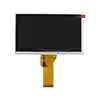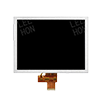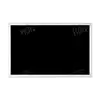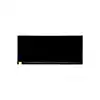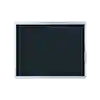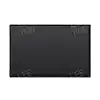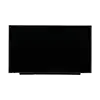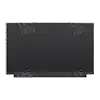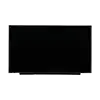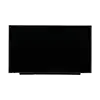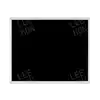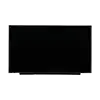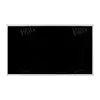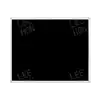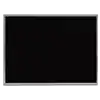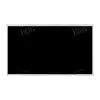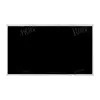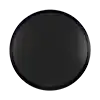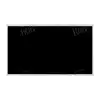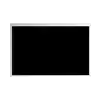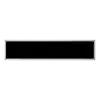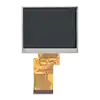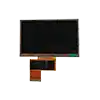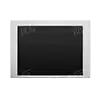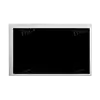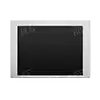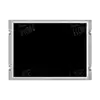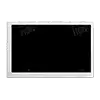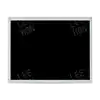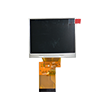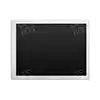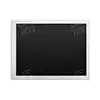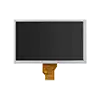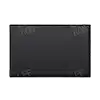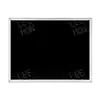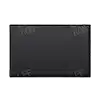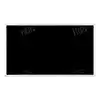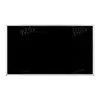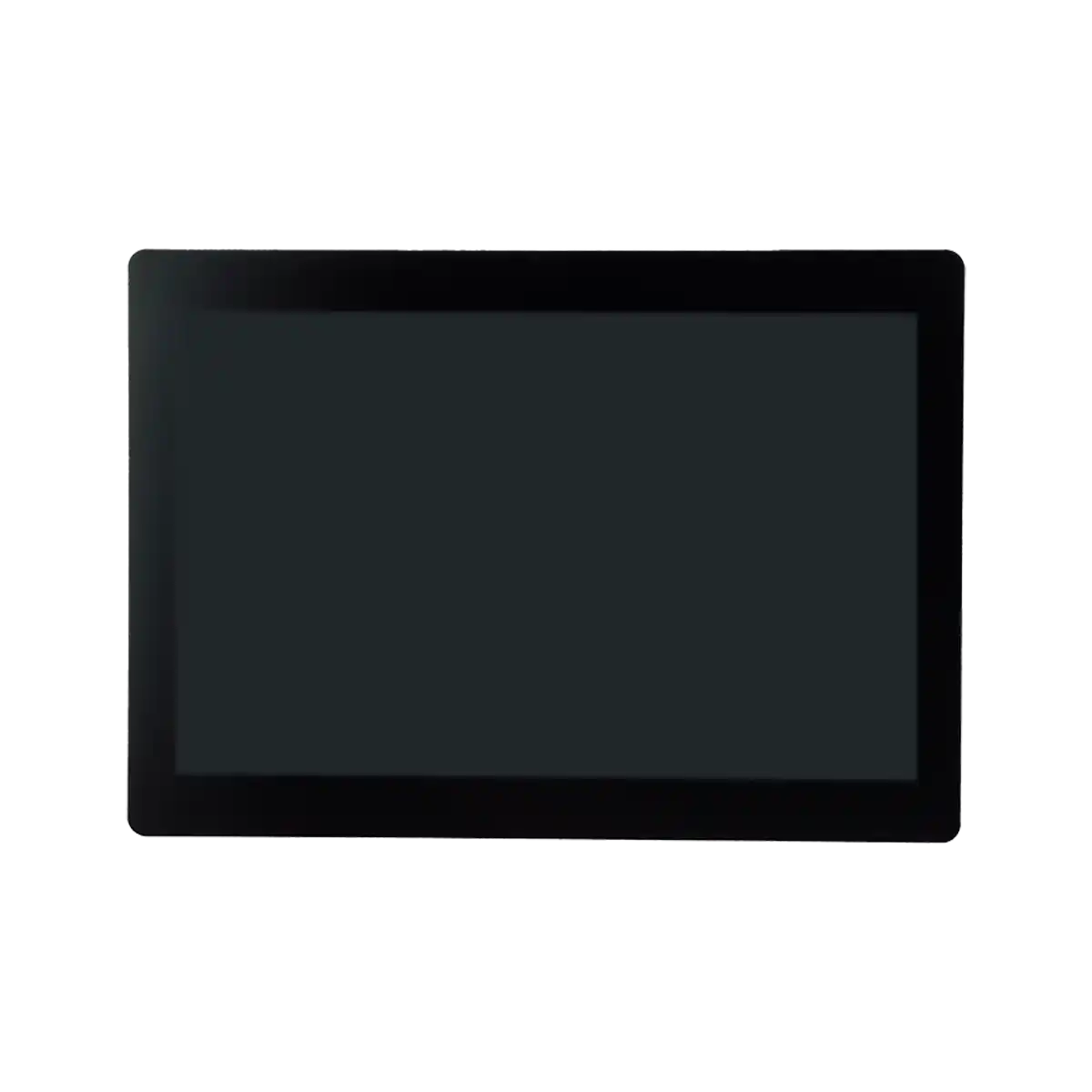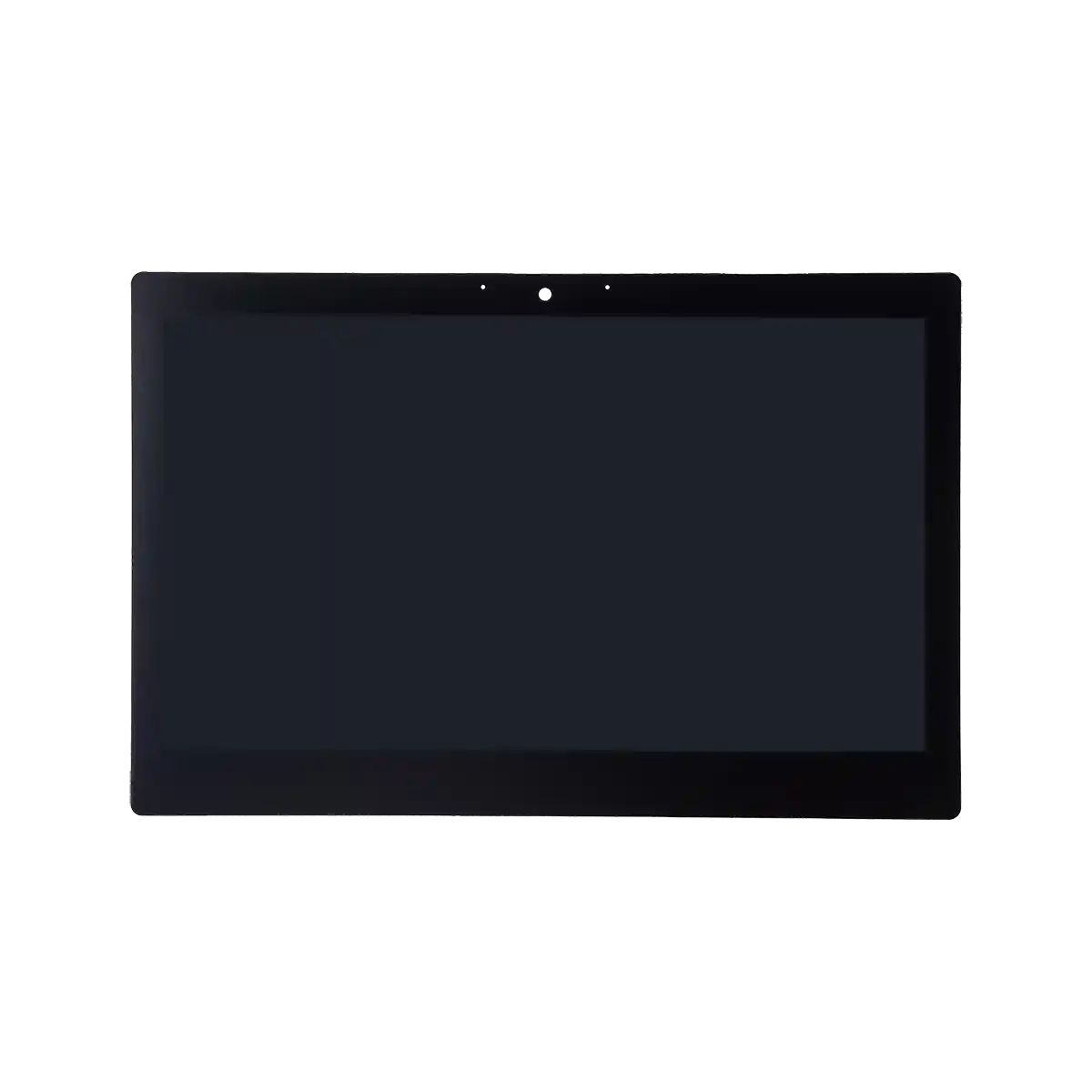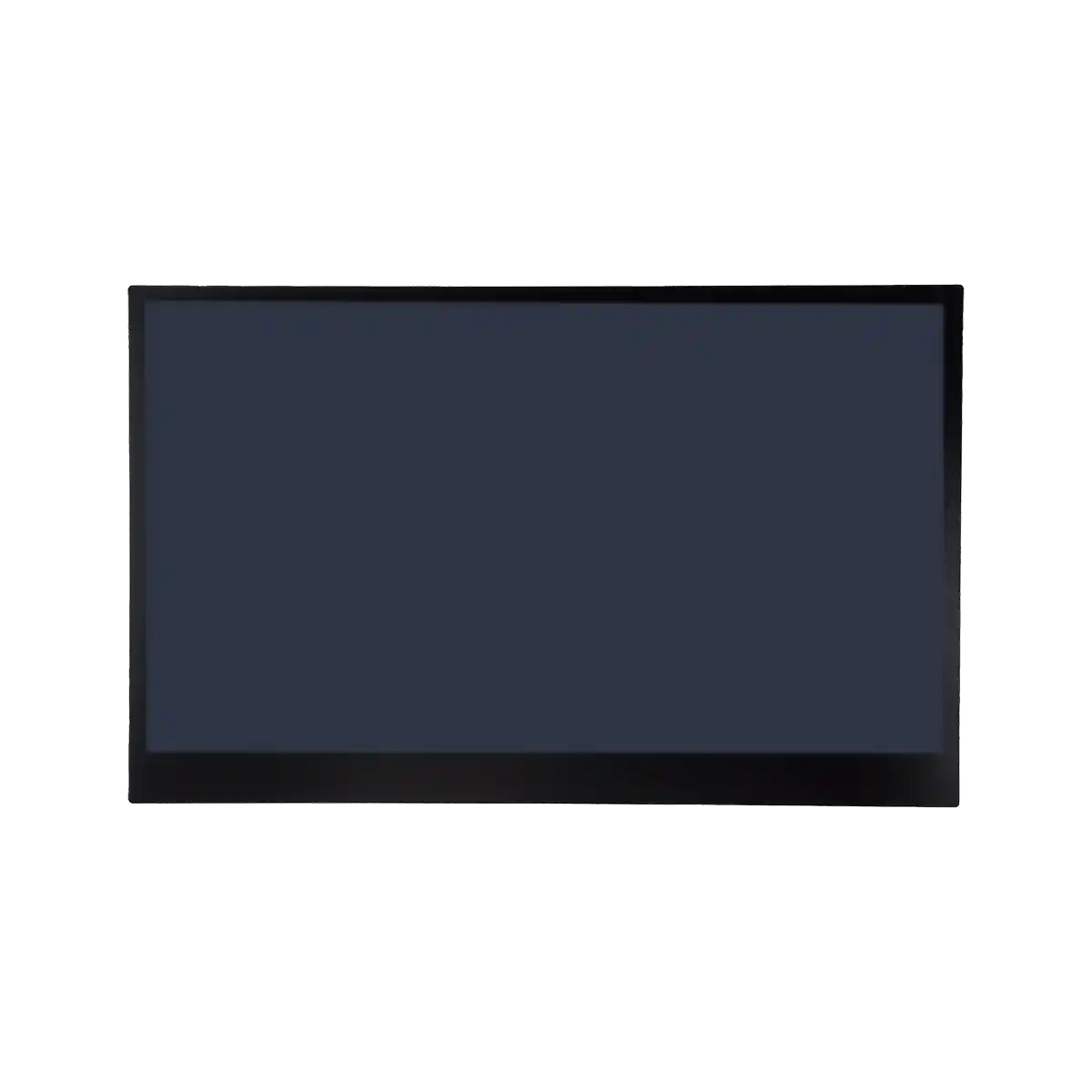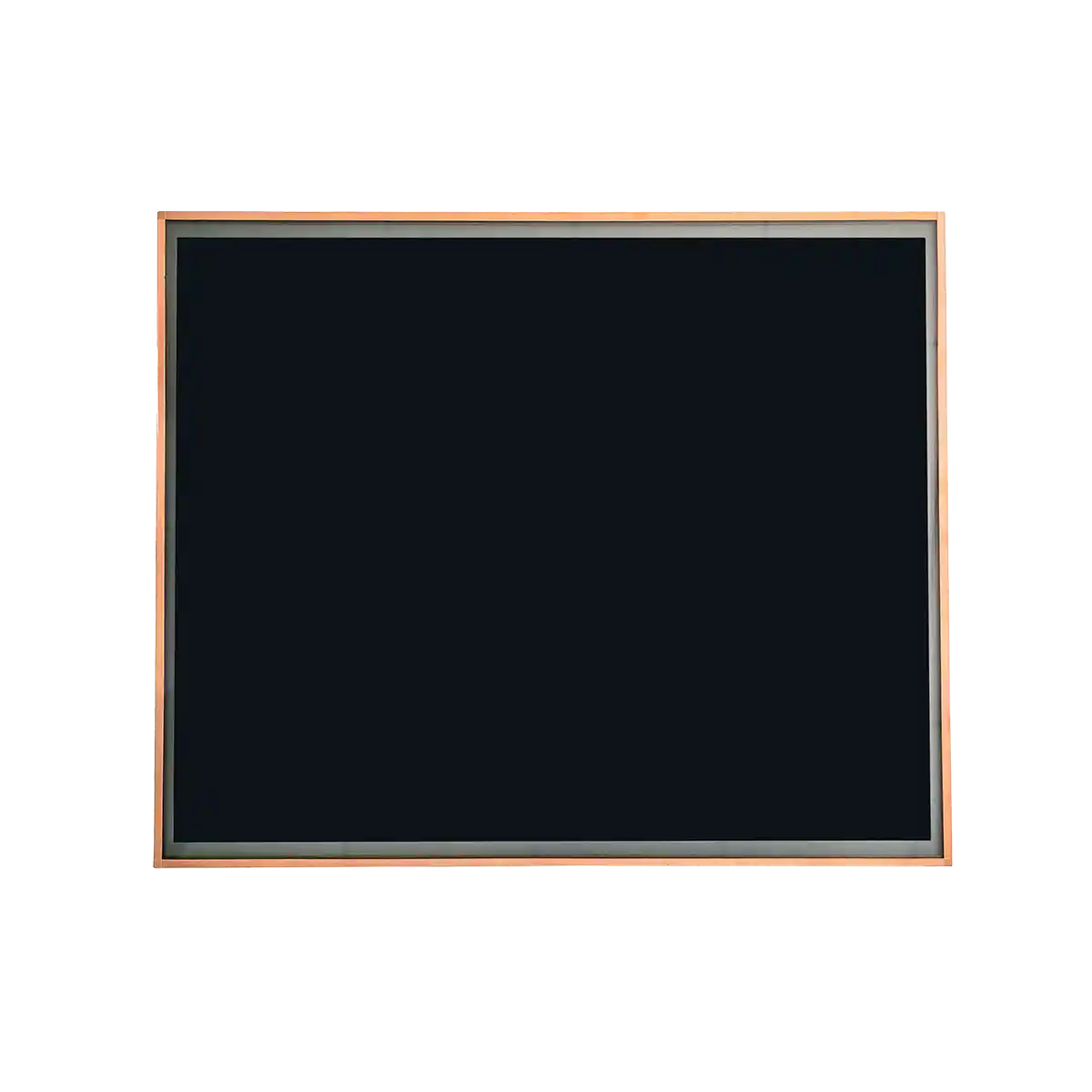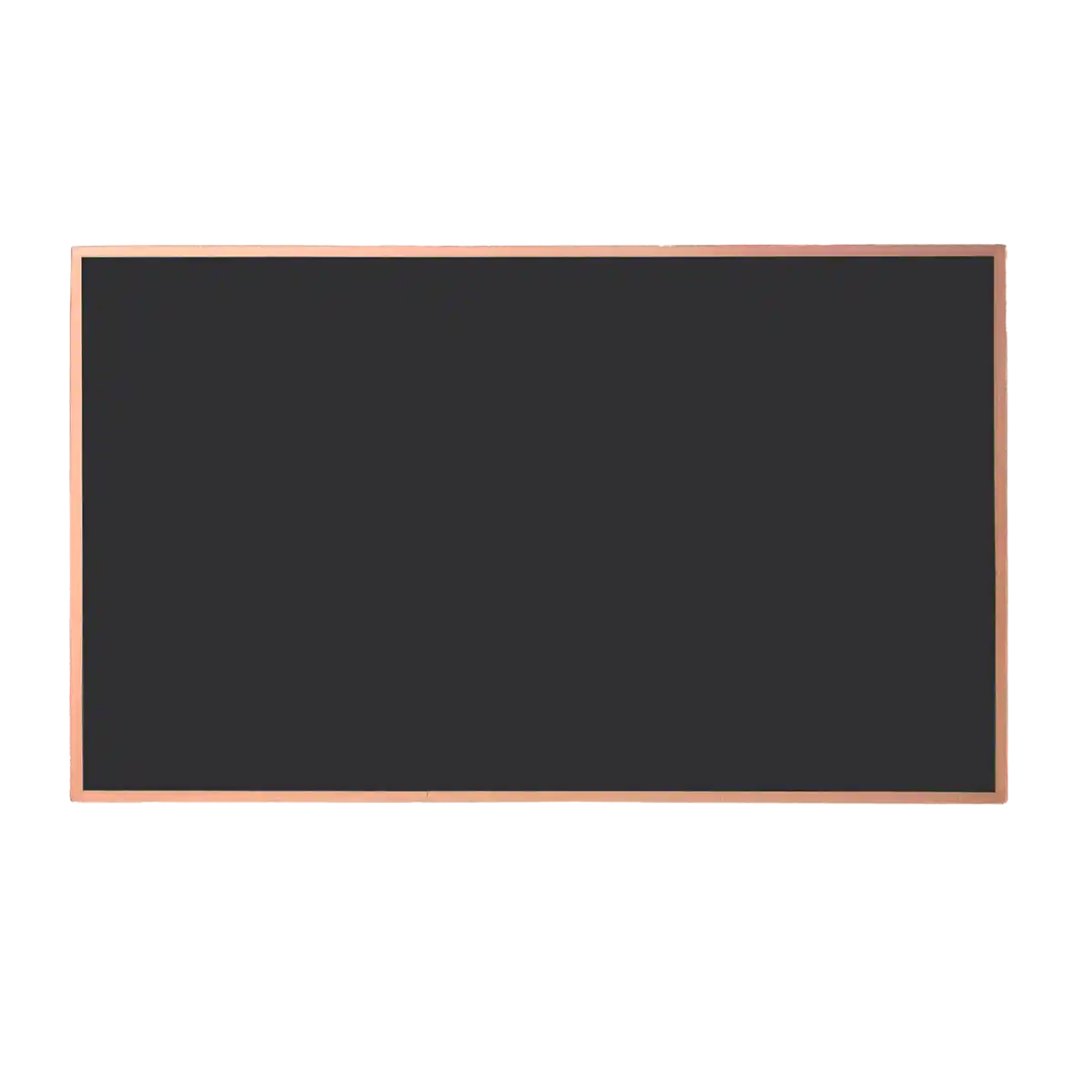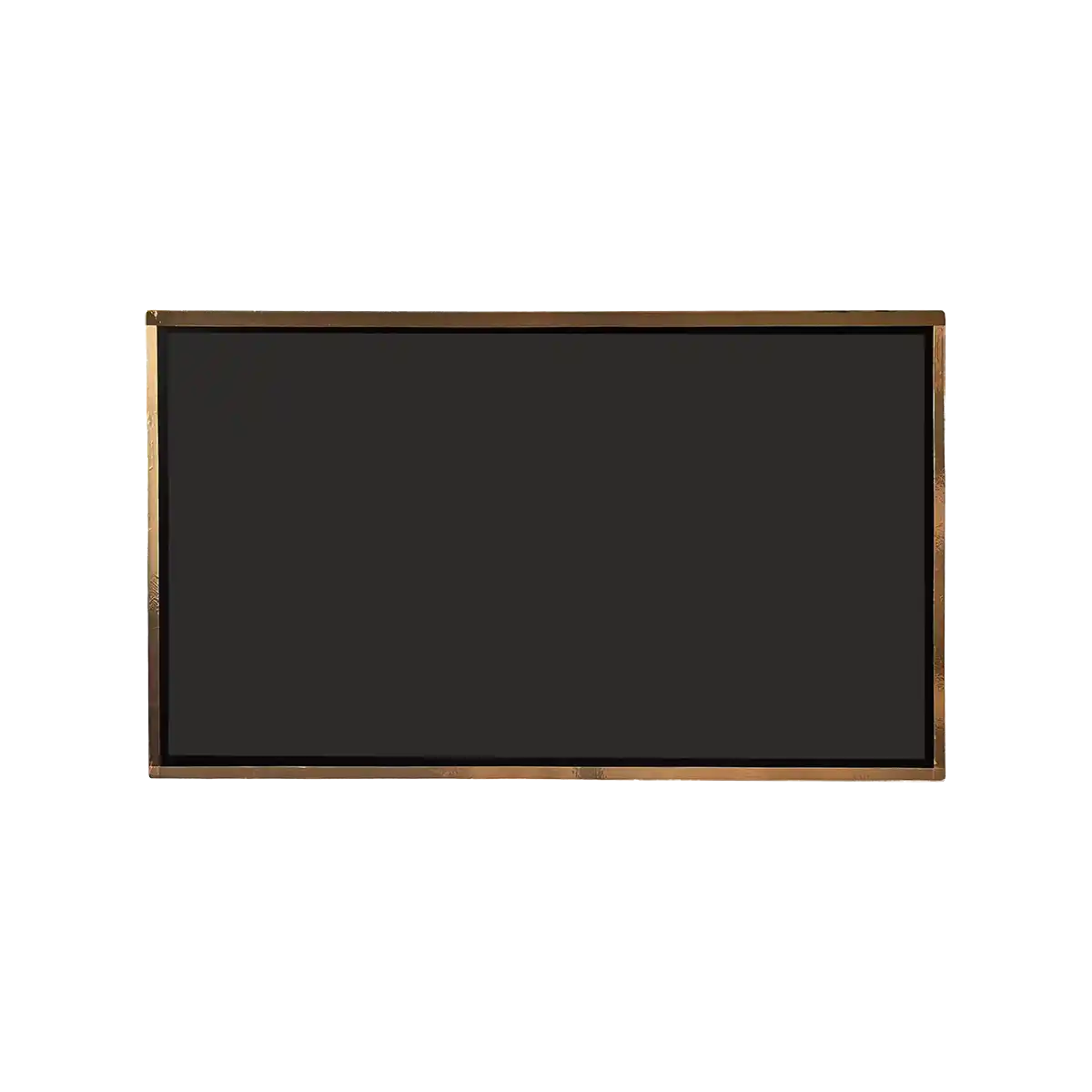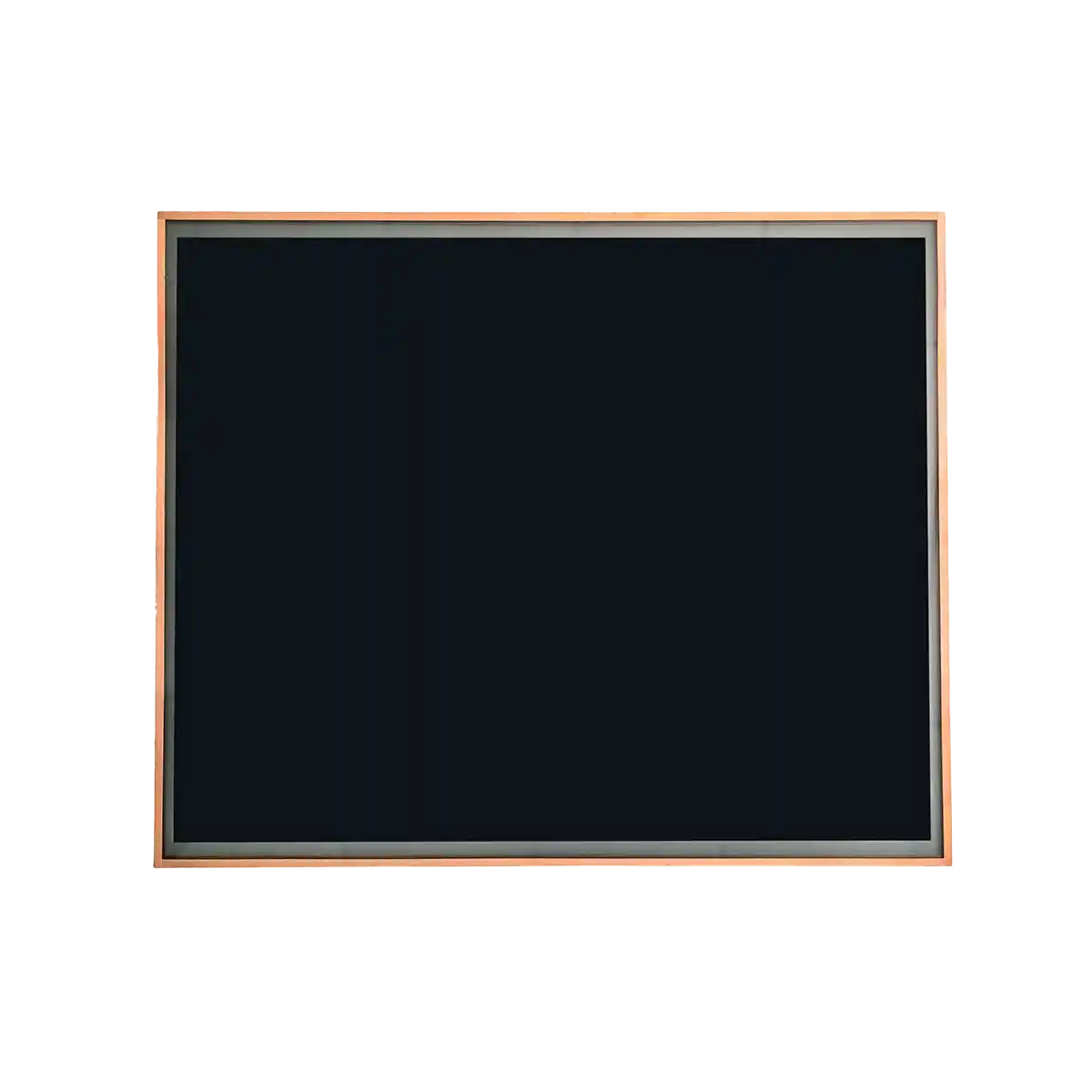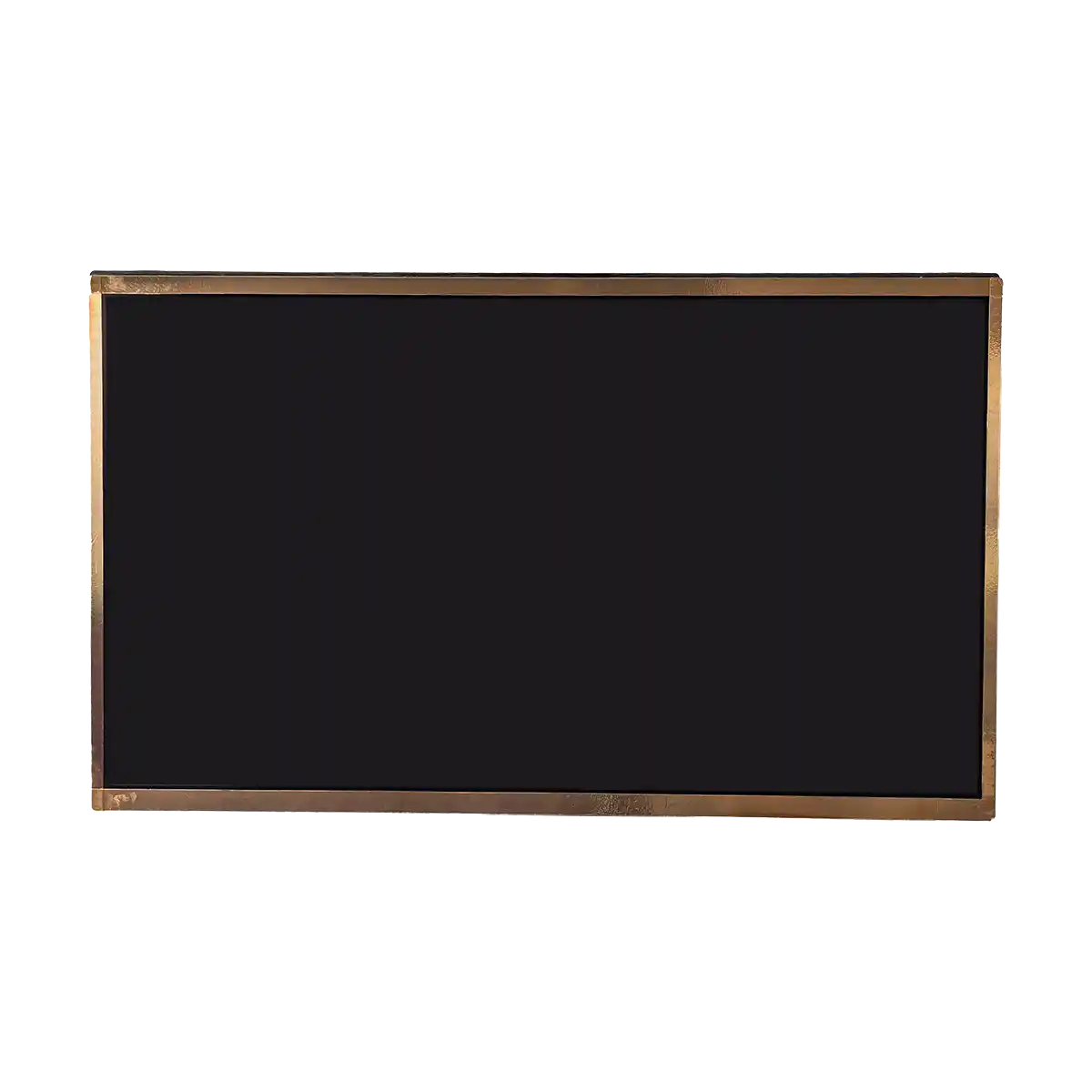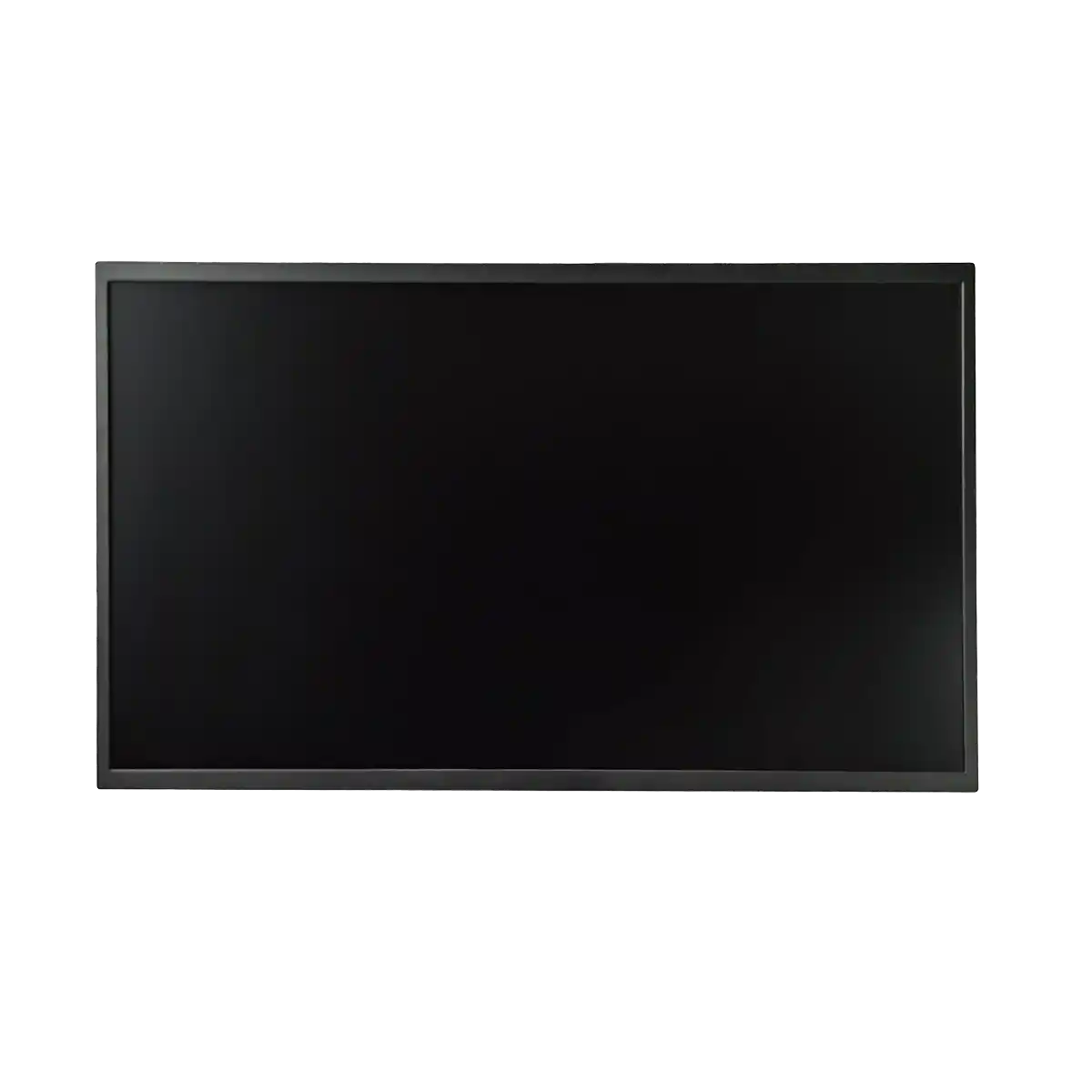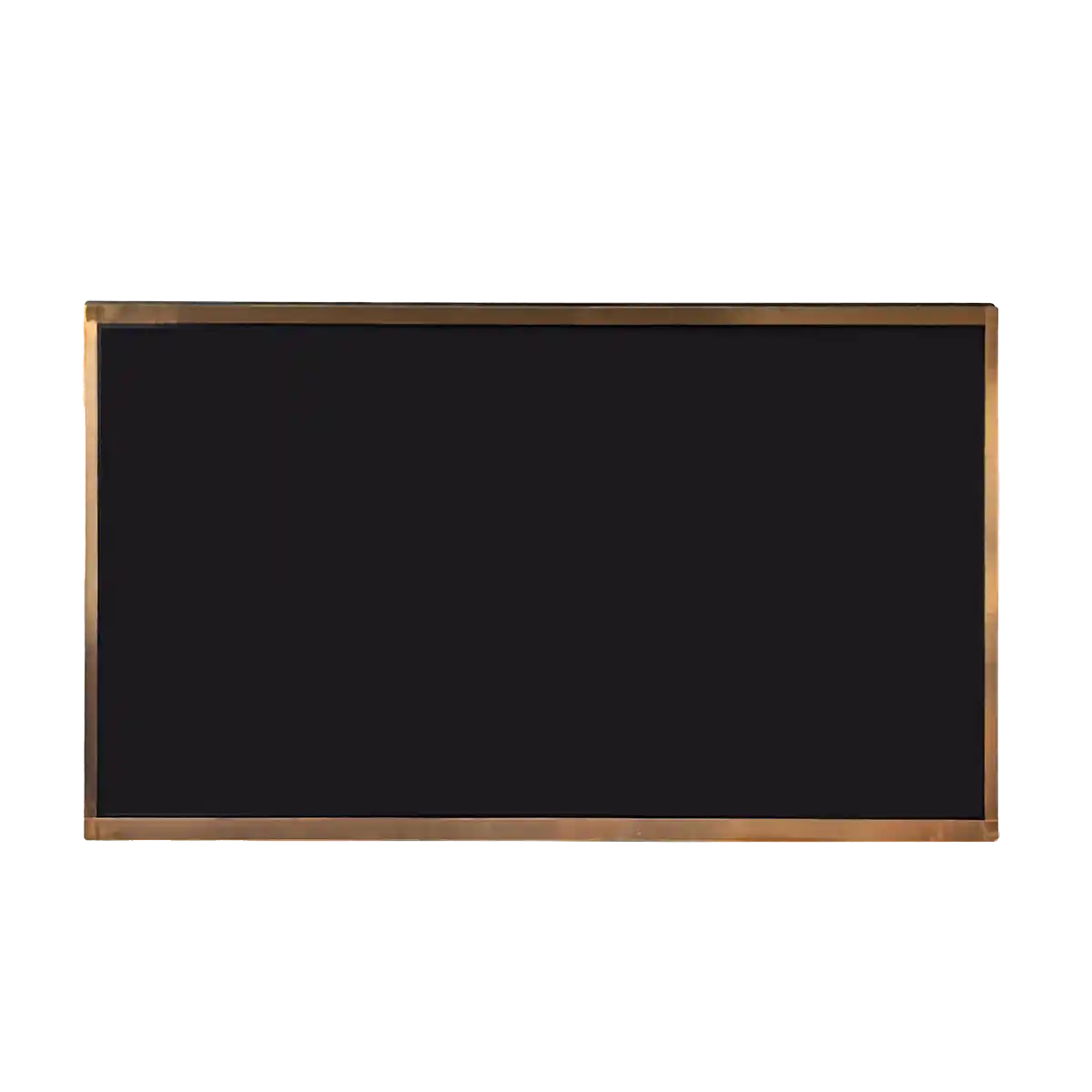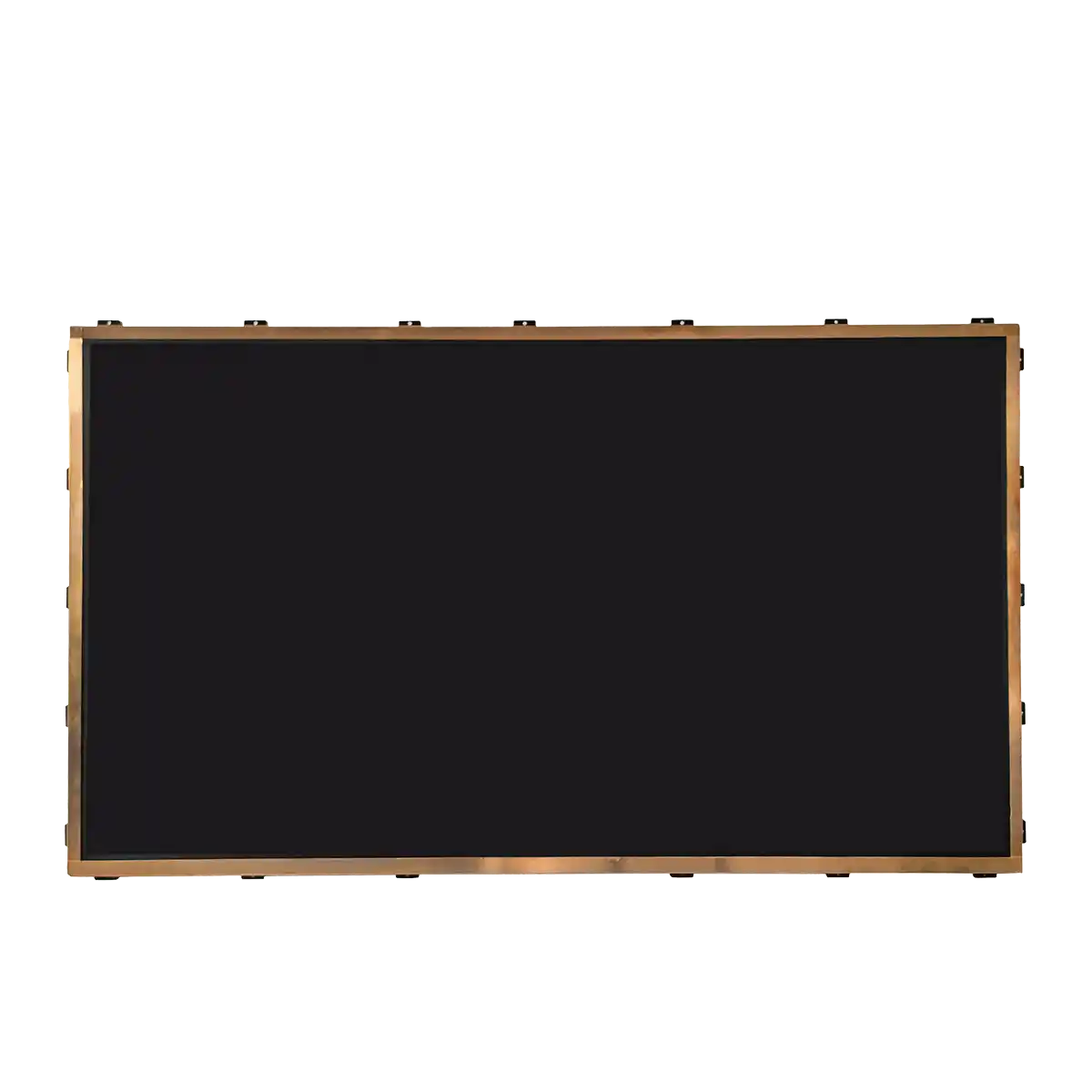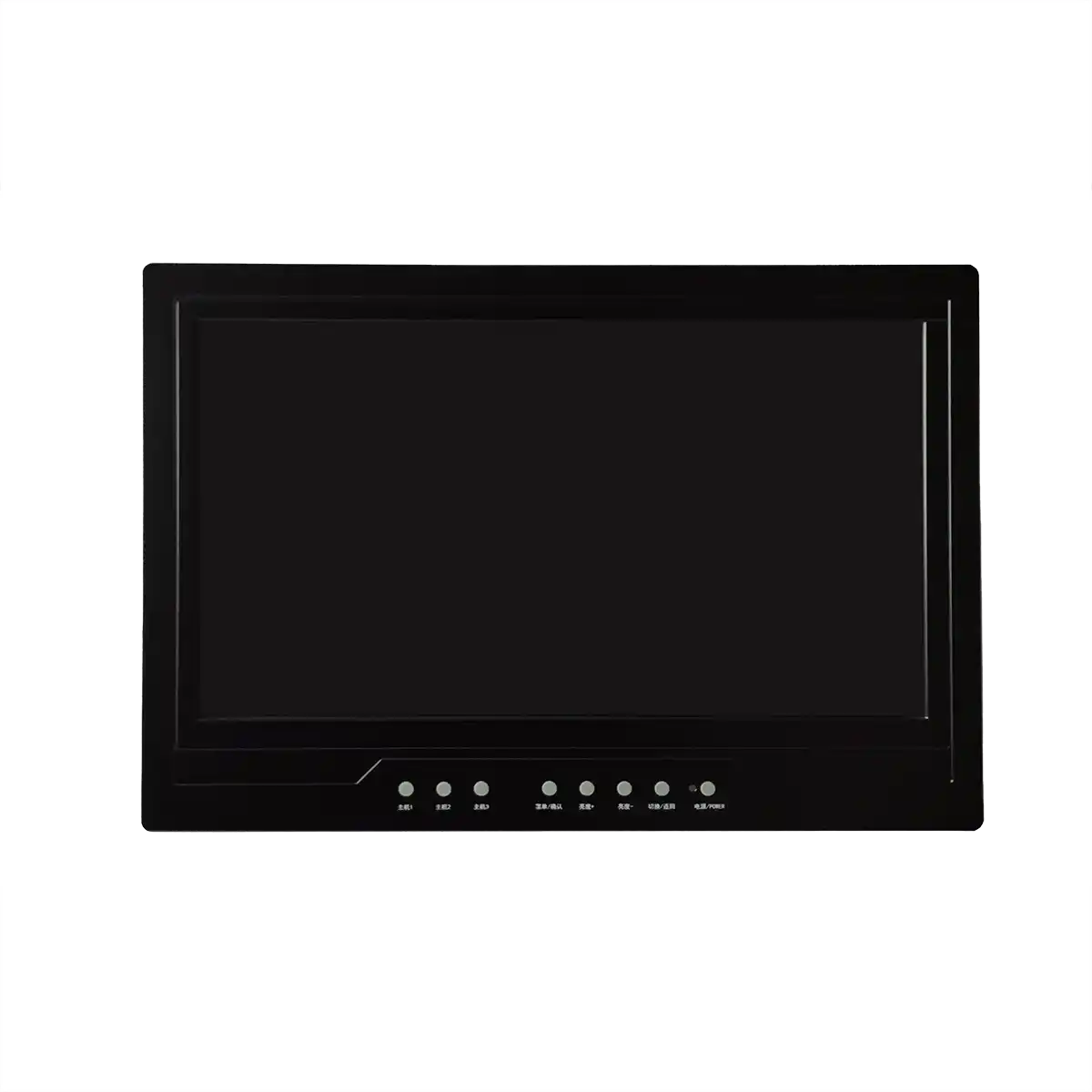Industrial LCD Panels in Outdoor Applications: Overcoming Sunlight Readability Issues
Introduction:
In the realm of display technology, Industrial LCD Panels have become an essential component in various outdoor applications due to their versatility and durability. LCD, which stands for Liquid Crystal Display, is a flat-panel display technology that utilizes liquid crystals to control the passage of light. These panels are widely used in digital signage, industrial control systems, and public information displays, where they must contend with the challenges of outdoor environments. One of the primary issues faced by LCD panels in such settings is sunlight readability, which refers to the ability of a display to maintain clear visibility under direct sunlight. This article delves into the intricacies of industrial LCD screens, the challenges they face in outdoor applications, and the technological advancements that have been made to enhance their sunlight readability.
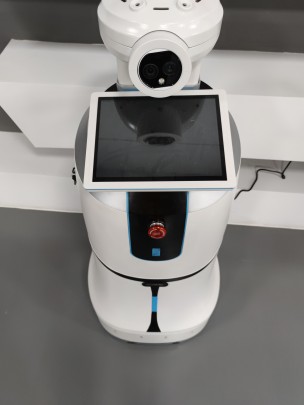
Main Body:
Understanding Industrial LCD Screens:
Industrial LCD screens are designed to withstand harsh conditions, such as extreme temperatures, dust, and moisture, which are common in outdoor settings. They are built with robust housings and often feature higher brightness levels compared to standard LCD panels. The term "brightness" in this context refers to the luminance of the display, measured in candela per square meter (cd/m²). Higher brightness levels are crucial for outdoor displays to counteract the effects of sunlight and ensure that the content is visible to viewers.
Challenges in Outdoor Applications:
The primary challenge faced by industrial LCD panels in outdoor applications is the glare and intensity of sunlight. Sunlight, with its high luminance, can wash out the display, making it difficult for viewers to discern the information presented. This is particularly problematic for displays that are used for critical information, such as traffic signs or industrial control panels. Additionally, the contrast ratio, which is the difference in luminance between the brightest white and the darkest black that a display can produce, plays a significant role in readability. Lower contrast ratios can lead to a washed-out appearance, further reducing readability.
Technological Advancements:
To overcome these challenges, several technological advancements have been made in the design of industrial LCD panels. One such innovation is the use of polarizing filters and anti-reflective coatings. Polarizing filters reduce glare by blocking certain types of light waves, while anti-reflective coatings minimize the reflection of sunlight on the screen's surface. Another advancement is the implementation of high-brightness LEDs (Light Emitting Diodes) as backlighting. LEDs provide a more efficient and brighter light source compared to traditional CCFLs (Cold Cathode Fluorescent Lamps), enhancing the panel's ability to compete with ambient light.
Moreover, advanced optical bonding techniques have been developed to improve the structural integrity and readability of the displays. Optical bonding involves applying a transparent adhesive to the gap between the LCD panel and its protective glass, which eliminates air pockets and reduces reflections. This process also provides better protection against environmental factors such as dust and moisture.
Conclusion:
In conclusion, industrial LCD panels have made significant strides in addressing the sunlight readability issues that plague outdoor applications. Through the use of high-brightness LEDs, polarizing filters, anti-reflective coatings, and optical bonding, these displays have become more resilient and visible in challenging lighting conditions. As technology continues to evolve, it is expected that future industrial LCD panels will offer even greater improvements in readability and performance, further solidifying their role in outdoor applications.
Expansion:
For those interested in further exploring the topic, several areas of research and development are worth noting. These include the development of more energy-efficient backlighting solutions, the integration of smart sensors that automatically adjust display settings based on ambient light conditions, and the use of advanced materials that can withstand the rigors of outdoor environments while maintaining high visual quality. Additionally, the role of software in enhancing readability, such as dynamic contrast adjustment algorithms, is an area of ongoing innovation. By staying informed on these advancements, stakeholders in the industry can ensure that they are leveraging the latest technologies to maximize the effectiveness of their outdoor displays.
Recommended Articles
-
Hangzhou LEEHON Technology supplies BOE GT080X0M-N12: High quality 7-inch TFT-LCD module solution
2024-09-14 -
How to Check for Issues in Industrial LCD Panels
2024-09-11 -
How does an LCD screen find individual pixels?
2024-09-11 -
What is the difference between eDP and LVDS?
2024-09-11 -
In-depth analysis of the development of automotive display technology
2024-09-10

